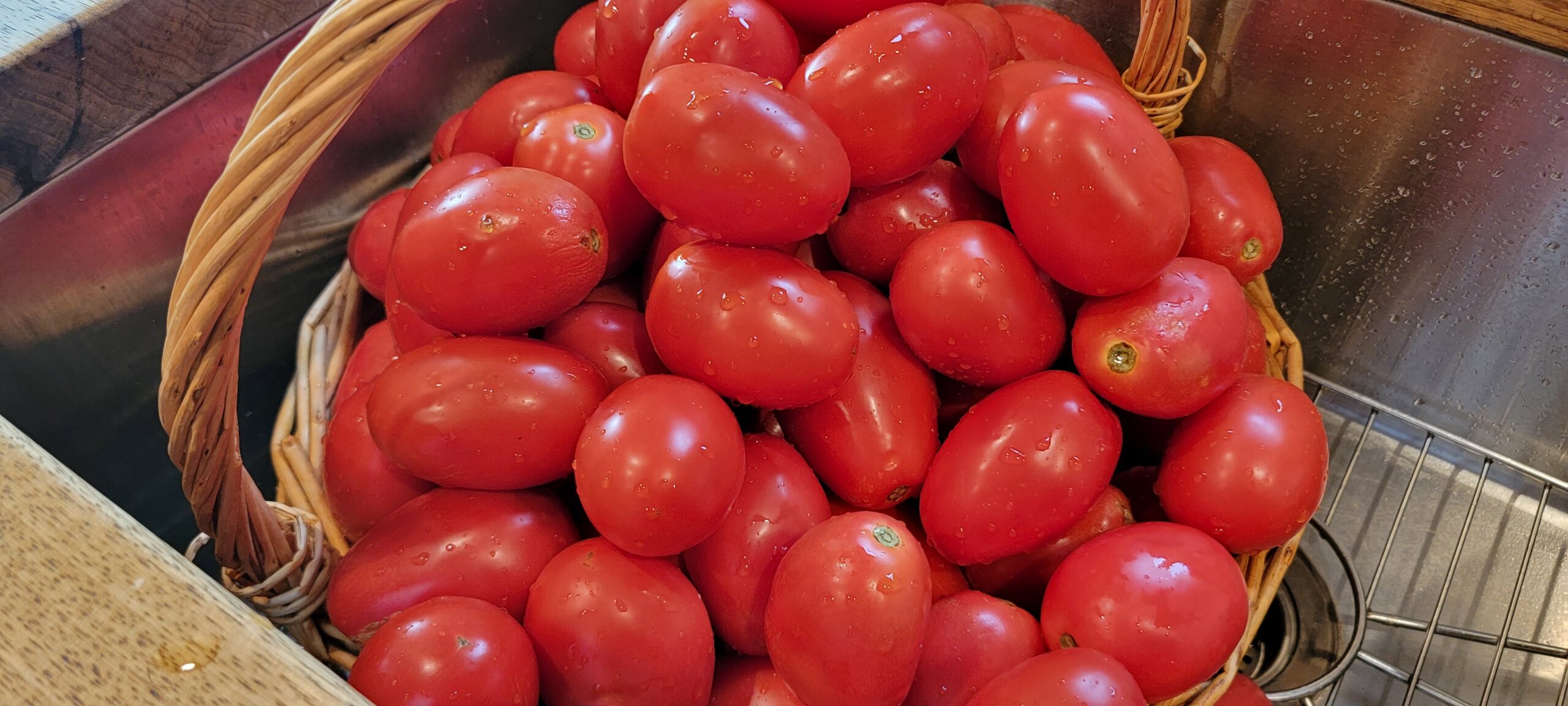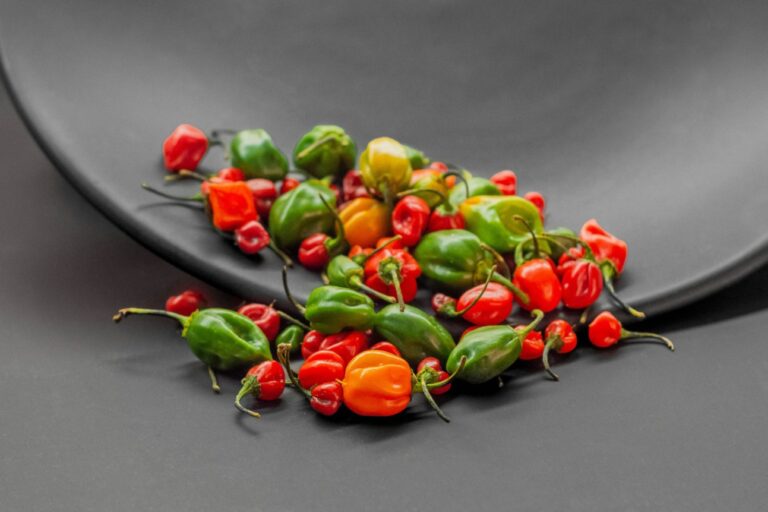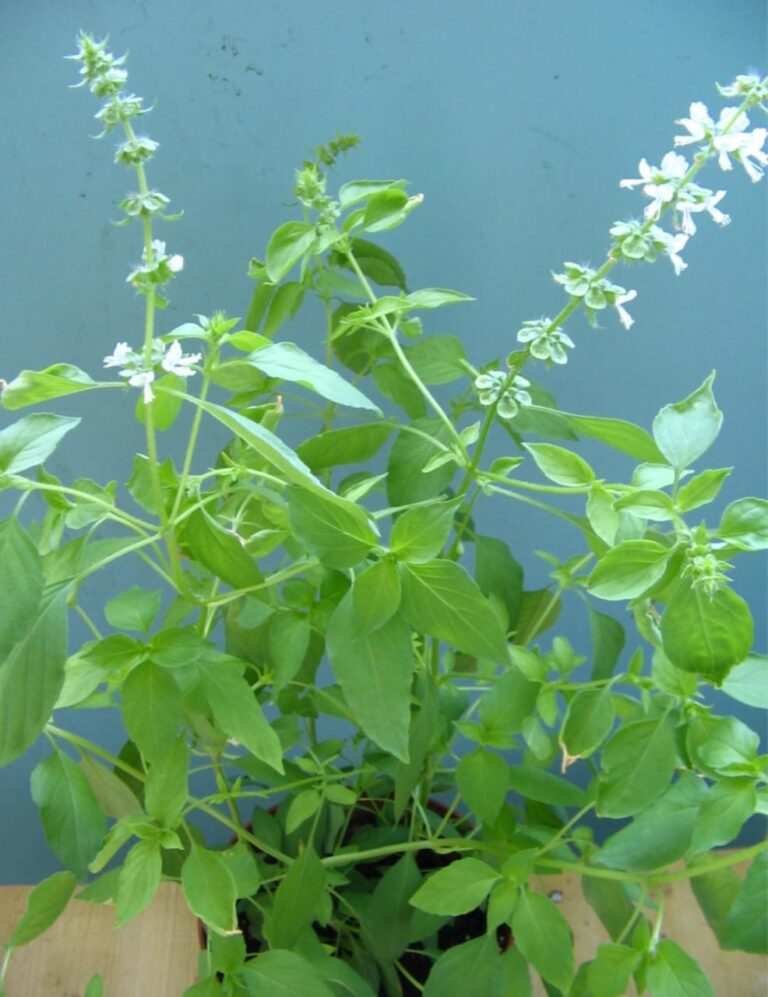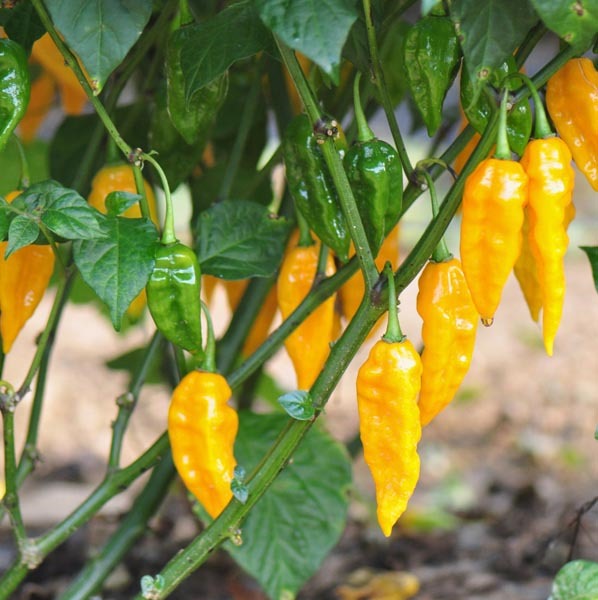Tomato 101: An Exclusive Exploration
Introduction
Few fruits—yes, fruits—capture global attention quite like the tomato (Solanum lycopersicum). It is much more than a salad staple or pizza topping, with a rich history of cultural change, strong scientific curiosity, and culinary renown. It is a model organism for plant study, a rich source of phytonutrients, and an agricultural powerhouse grown on almost every continent. This blog delves into the fascinating biology of the tomato, its nutritional effects, and its significance in research and agriculture, offering a comprehensive understanding of why this humble fruit deserves our appreciation and ongoing attention.
Origins and Domestication
The tomato’s origins may be traced back to western South America, where wild cousins thrive in coastal Peru and Ecuador. Botanists have long been fascinated by these wild species’ tiny size, powerful taste, and genetic diversity. It is thought that indigenous peoples in Mesoamerica cultivated the plant about 2,500 years ago. When Spanish explorers arrived in the 16th century, tomatoes had already become a vital part of the Aztec diet and agriculture.
Following its arrival in Europe, the tomato was met with initial mistrust due to its inclusion in the nightshade family, which contains poisonous relatives such as belladonna. However, through selective breeding and culinary integration, this bounty eventually acquired popularity and expanded around the world. Despite being botanically classed as a fruit, it is now grown in more than 170 countries and is one of the top five most popular vegetables.
Botanical Anatomy: More Than Meets the Eye
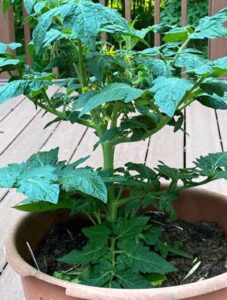
Its plant is a herbaceous perennial with a spreading growth pattern. Its architecture is made up of compound leaves, yellow five-petaled blooms, and juicy berries that vary in size, shape, and color. The fruit grows from the flower’s ovary and has berry-like qualities, with many seeds encased in a mucilaginous matrix.
Tomatoes serve as a developmental model for researching fruit ripening, a complex process that includes ethylene signaling, cell wall weakening, color production, and taste component buildup. These physiological modifications are more than just cosmetic; they are the result of a complex interaction of genetic and hormonal control that assures seed dispersion and palatability.
Genetic Diversity and Modern Breeding of Tomato
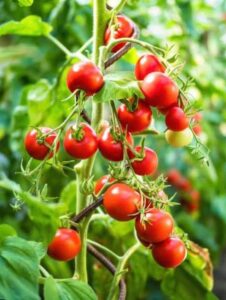
The tomato genome, sequenced in 2012, has around 900 million base pairs and more than 35,000 genes. This genetic map has helped breeders enhance disease resistance, fruit quality, shelf life, and environmental adaptation. Advances in CRISPR-Cas9 gene editing and marker-assisted selection allow for precise alterations without using standard transgenic approaches.
One significant advancement is the introduction of cultivars resistant to Tomato Yellow Leaf Curl Virus (TYLCV) and late blight, two of the most damaging diseases in solanaceous crops. Researchers have also created features such as high lycopene content, drought resistance, and prolonged firmness in order to fulfill market expectations and avoid food waste.
Heirloom tomatoes, with their brilliant colors and exquisite tastes, preserve much of the genetic variety lost in commercial varieties. These cultivars are sought not just for their flavor, but also for their capacity to restore genes that give resistance and adaptation to climate change.
Nutritional Profile
Tomatoes are nutrient-dense and low in calories, making them an excellent complement to diets centered on health and longevity. A medium-sized tomato yields approximately:
22 kcal
1.5 g dietary fiber
292 mg potassium
24 mg vitamin C
15 µg vitamin K
833 IU vitamin A (as beta-carotene)
Perhaps the most well-known chemical in tomatoes is lycopene, a carotenoid that produces the red hue. Lycopene has been intensively researched for its antioxidant qualities and its significance in lowering the risk of chronic illnesses such as prostate cancer, cardiovascular problems, and neurological ailments.
Interestingly, lycopene is more accessible in processed forms like tomato paste or sauce, owing to the breaking of plant cell walls during heating and the presence of good fats, which improve absorption. This challenges the belief that fresh fruits are always nutritionally superior and emphasizes the role of processing in nutrient absorption.
Metabolites and Flavor Chemistry
This powerhouse’s taste profile is derived from a dynamic combination of sugars, acids, and volatile organic compounds (VOC). Glucose and fructose give sweetness, whereas citric and malic acids add acidity. A variety of volatile organic compounds (VOCs) such as hexanal, 1-penten-3-one, and β-ionone combine with olfactory receptors to produce the characteristic tomato fragrance.
Flavor perception is impacted not just by chemical properties, but also by texture, temperature, and even psychological expectations. However, from a biochemical aspect, breeding for improved flavor necessitates a delicate balance. For example, increased sugar concentration may reduce production or shelf life.
Recent research combining metabolomic analysis and machine learning is assisting scientists in identifying flavor-enhancing genes and metabolic pathways, giving a road map for future tomato varieties that are both tasty and nutritious.
The Role in Plant Science and Biotechnology
Tomatoes are a staple of plant biology study. Their manageable genome size, short life cycle, and proven genetic techniques make them excellent for laboratory research. Arabidopsis may be the preferred model organism for many plant geneticists, but tomatoes provide a more appropriate framework for studying fleshy fruit development and ripening.
RNA interference (RNAi), virus-induced gene silencing (VIGS), and CRISPR gene editing have all been used effectively in tomato research. These methods have shown the involvement of transcription factors, transport proteins, and hormone pathways in regulating characteristics such as pigmentation, hardness, and stress tolerance.
Furthermore, tomatoes are increasingly being employed as chassis organisms in synthetic biology to produce medicinal substances such as vaccines and therapeutic proteins, indicating their usefulness outside of the kitchen.
Agricultural Practices and Environmental Impact
Tomatoes are grown utilizing a variety of ways, including open-field agriculture, high-tech greenhouses, and hydroponic systems. Well-drained soil, abundant sunshine, and moderate temperatures ranging from 68°F to 78°F (20°C to 27°C) are all required for optimal development. Irrigation must be carefully monitored to avoid blossom end rot and foliar infections.
Integrated pest management (IPM) solutions are critical for lowering chemical inputs while preserving production. Predatory insects and microbial inoculants are examples of biological control agents that assist in managing pests such as whiteflies and aphids while avoiding harm to beneficial species.
Greenhouse farming, particularly in controlled circumstances, allows for year-round harvests and efficient resource usage. LED lighting, drip irrigation, and climate control technologies are increasing output while lowering environmental impact. However, life-cycle evaluations must take into account the energy needs and material consumption in greenhouse installations.
Tomatoes and Climate Resilience
The tomato business confronts considerable hurdles as temperatures, rainfall, and insect populations become more unpredictable due to climate change. Heat stress, for example, can reduce fruit set by altering pollen viability, whilst high humidity can accelerate the development of fungal infections like as Botrytis cinerea.
To address these concerns, scientists are looking at wild tomato cousins like Solanum pennellii and Solanum habrochaites, which are highly resistant to drought, salt, and pests. The introduction of favorable features from these species into commercial lines represents a viable technique for generating climate-resilient cultivars.
Furthermore, genomic selection and predictive modeling are being used into breeding programs to speed up the production of adaptive tomatoes suitable for a variety of agroecological regions.
Socioeconomic Importance and Global Trade
The tomato’s economic impact is significant. More than 180 million metric tons are produced worldwide each year, with China, India, Turkey, and the United States leading the way. Tomatoes are a valuable income crop for smallholder farmers and an important commodity in global trade, especially in processed versions like ketchup, canned tomatoes, and sauces.
The industry provides millions of jobs in cultivation, processing, distribution, and retail. In areas where water is scarce or soils have degraded, tomato cultivation provides a high-value crop that, if managed sustainably, may be grown with efficient inputs.
However, labor conditions in some tomato-producing countries have raised concerns, driving campaigns to promote fair pay, ethical sourcing, and traceability. Certification programs and customer awareness are pushing more openness and responsibility across the supply chain.
Tomatoes in Culture, Cuisine, and Beyond

This miracle has gone beyond its botanical foundations to become a cultural icon. From Italian passata and Pakistani chutneys to Mexican salsas and Middle Eastern shakshuka, this abundance is present in practically every continent’s culinary fabric. Its capacity to adapt to a variety of culinary methods—roasting, drying, fermenting, and pureeing—demonstrates its versatility and worldwide appeal. A couple of weeks ago, I shared a basic curry technique where this amazing bounty is the core ingredient.
Tomatoes have inspired artistic expressions in literature and film, as well as festivals such as Spain’s La Tomatina. They also act as instructional aids in the classroom, connecting topics in biology, nutrition, ecology, and sustainability.
Future Directions: Innovation and Sustainability
Looking ahead, the future of tomatoes is shaped by research, sustainability, and customer preferences. Precision agriculture, AI-assisted breeding, and regenerative farming approaches have the potential to alter how we cultivate and interact with this crop. Urban farming and vertical gardens are making tomatoes more accessible in urban areas, while home gardeners continue to conserve heirloom varieties.
Consumers’ desire in nutrient density, taste authenticity, and environmental effect is driving the next phase of tomato development. Whether via stronger genetics, better farming methods, or superior processing processes, the tomato’s development is far from done.
Conclusion
The tomato is more than just a fruit; it is a scientific marvel, a nutritional powerhouse, and a cultural staple. Its path from the Andes to our dinner plates represents millennia of adaptation, ingenuity, and global interchange. As we face new agricultural and health concerns, tomatoes continue to provide answers based on their amazing biology and human connection. In commemorating this vivid fruit, we recognize not just its past but also its bright future. Later, in our blogs we will discuss its types as well as growing techniques. So, stay tuned.
Happy gardening!

